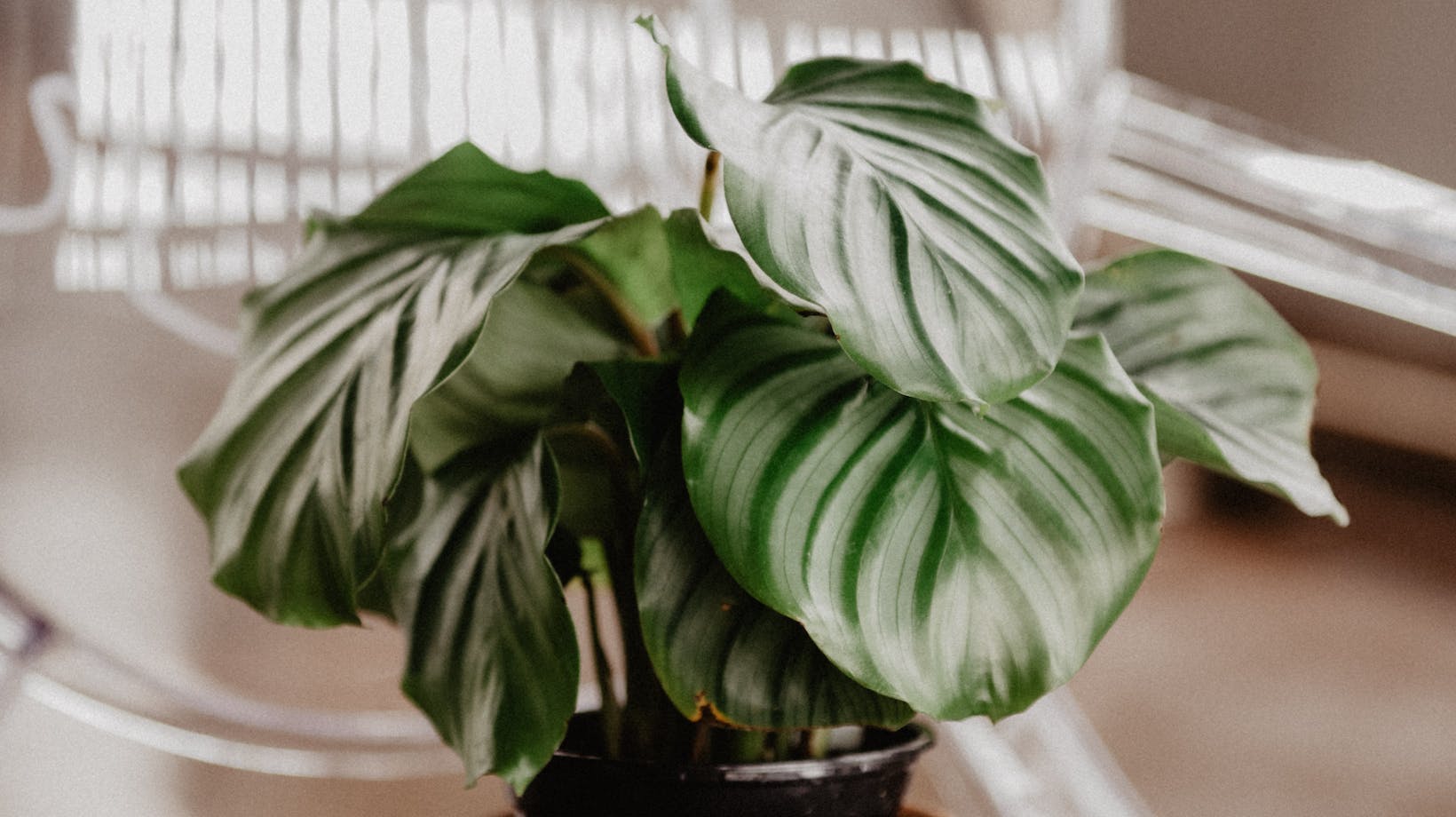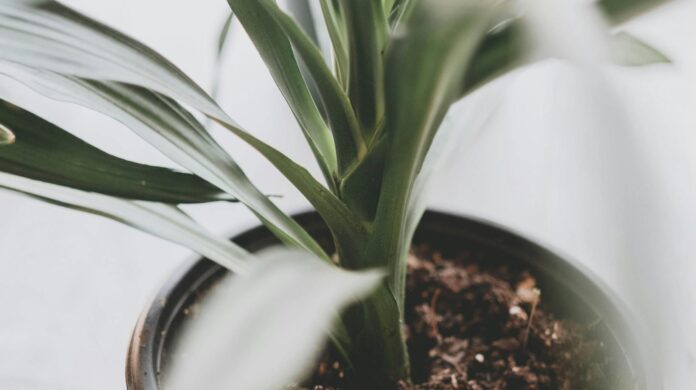Which Involves Food Storage in Plants
Plant cells, unlike our human cells, can create their own food and store it in the form of carbohydrates such as starch. This unique ability is a major characteristic of plants, setting them apart from other living organisms.
Microscopic structures inside the plant cells named chloroplasts are responsible for this amazing feat. They harness sunlight, combine it with water and carbon dioxide, and produce glucose. The glucose either fuels immediate growth or is stored for future use.
Starch, an energy-rich compound, is the most common form of stored food in plants. Not all plants store food the same way, though. Different plants use different strategies depending on a variety of factors like their habitat, life cycle, and function of the organ where the food is stored.
- Green plants like spinach and lettuce store food in their leaves.
- Tubers like potatoes and yams store starch in their roots.
- Grains like wheat and rice store their food in seeds.
- Cacti and aloe vera plants store water and nutrients in their stems, enabling survival in arid conditions.
These diverse methods of food storage have allowed plants to thrive in all corners of the planet. Whether it’s in a cold, harsh Arctic tundra or a scorching hot desert, you’ll find plants that have perfected the art of food storage relevant to their environment.
The study of how plants store food not only furthers our understanding of plant biology but also aids in developing better and more efficient methods for human food storage and agriculture. This, in turn, contributes to solving global food security issues. Let’s delve deeper into the intriguing world of plant food storage in our subsequent sections.

Types of Food Storage
In our study of plant food storage, we’ll dive into two main elements of plant diet: starch and proteins. Each plays a key role in preserving energy for the plant, but the means by which plants store these vital nutrients are vastly different.
Starch
Starch is a primary food storage molecule for plants. It’s a complex carbohydrate that plants produce and stockpile primarily in their root systems and seeds, although it can also be found in leaves and stems. This starch supply gives plants the energy they need to grow and develop.
Starch consists of two types of molecules, amylose and amylopectin. Plants are able to convert starch back into glucose when they need it, releasing the stored energy. Starch storage helps plants survive in harsh climates – during winter or drought seasons, plants tap into these “starch banks” to sustain life functions.
In the human diet, starchy foods such as potatoes, corn, and rice serve as a significant resource of energy. Recognizing which plants offer this vital component can boost agricultural productivity and ensure food security, especially in developing countries.
Proteins
Proteins, on the other hand, are stored differently. Unlike starch, proteins are more complex molecules, consisting of chain links of amino acids. Through a process called deamination, plants can break these bonds to release the nitrogen stored within and utilize it for growth and development.
Plants store proteins mainly in seeds. Since seeds are meant to germinate into new plants, they need a dense source of nutrients to kickstart and support growth. That’s why we see high protein levels in seeds like nuts and beans, making them a fantastic addition to our diets.
Furthermore, the presence of proteins in storage is not only useful for the plants themselves but also holds a special significance in human nutrition. They are essential in our diet for growth and bodily functions, and understanding how they store these proteins can also contribute to enhancing our food storage techniques.
Peering into the world of plant storage gives us insights into the miraculous mechanisms of nature, helping us apply learned principles for boosting food security, improving crop yield, and sustaining our ecosystem. As ever, exploring our botanical brothers and sisters unfolds secrets that can contribute to human betterment and survival.


